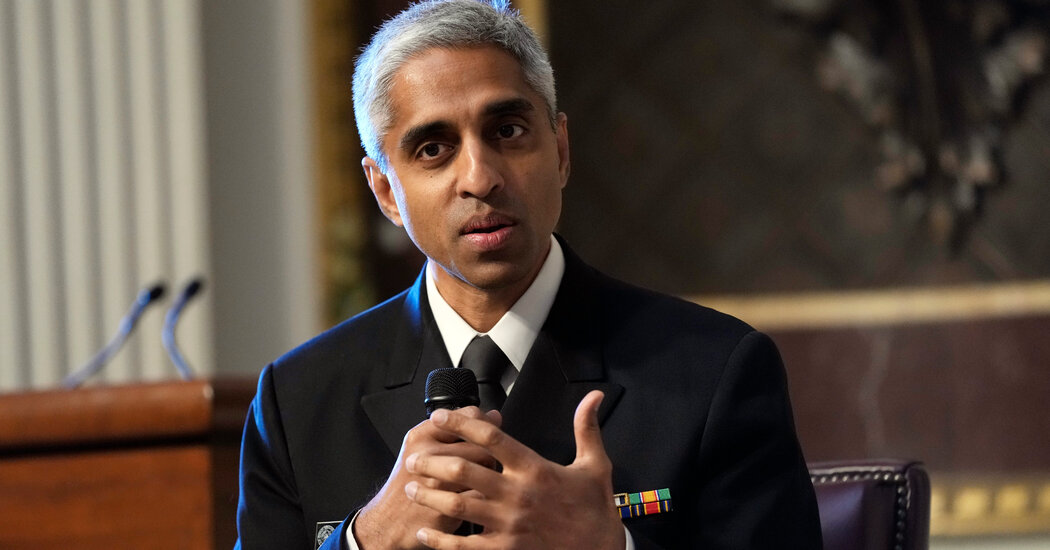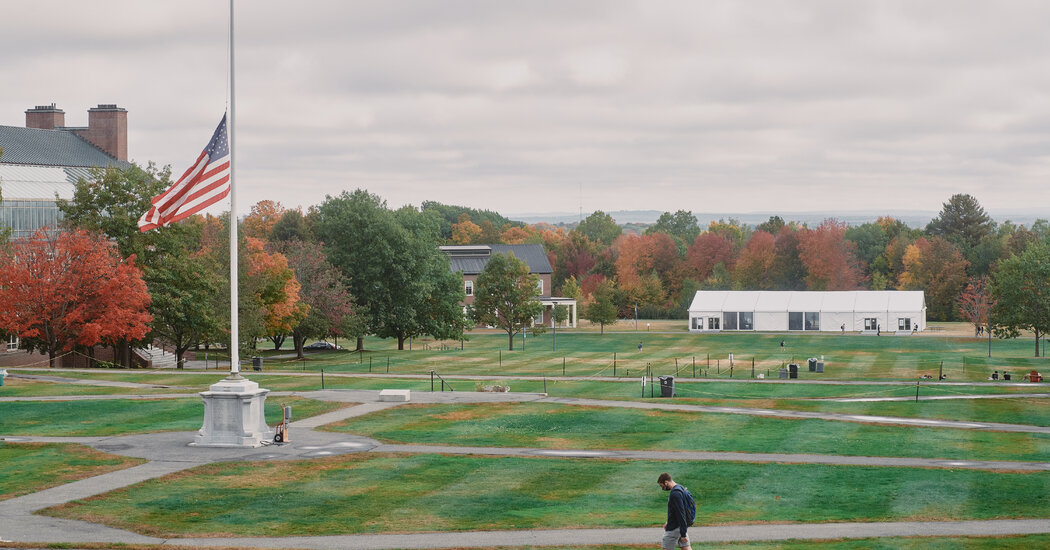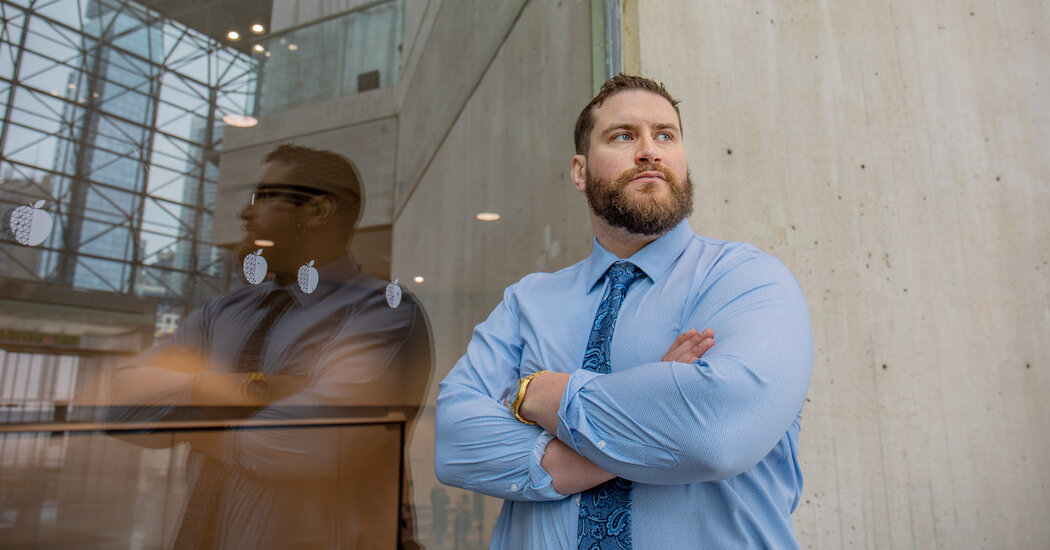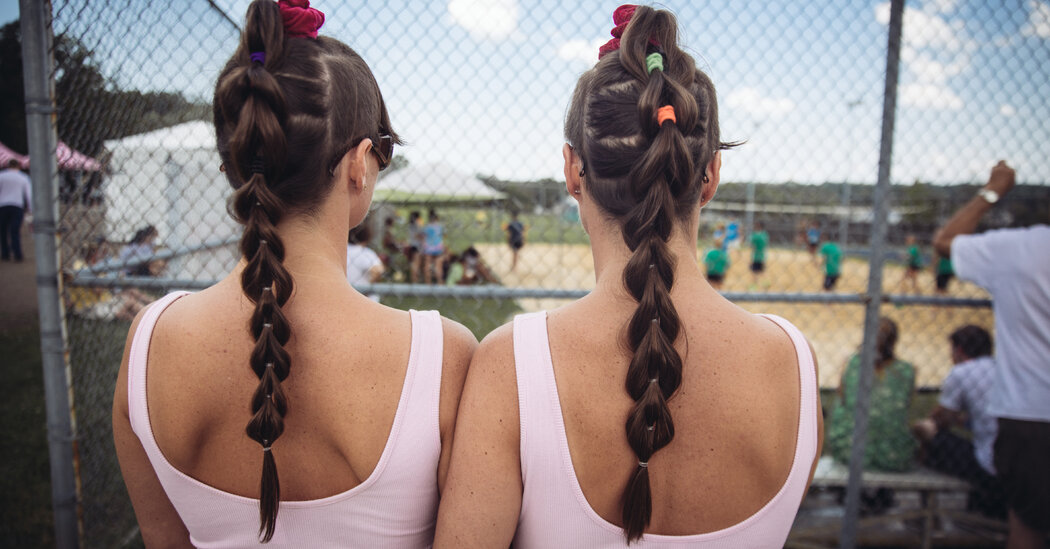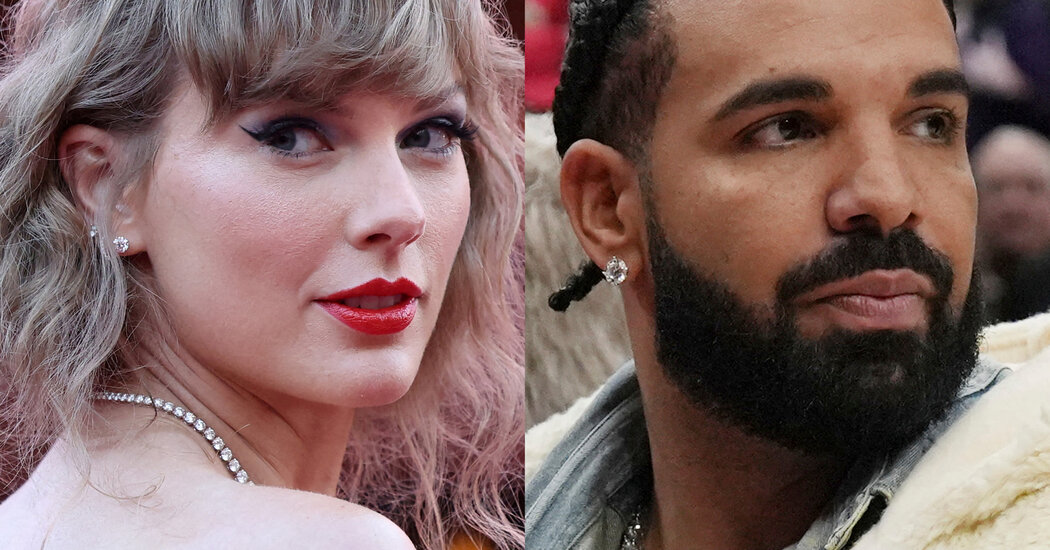Moving In Childhood Contributes to Depression, Study Finds
A study of more than a million Danes found that frequent moves in childhood had a bigger effect than poverty on adult mental health risk.In recent decades, mental health providers began screening for “adverse childhood experiences” — generally defined as abuse, neglect, violence, family dissolution and poverty — as risk factors for later disorders.But what if other things are just as damaging?Researchers who conducted a large study of adults in Denmark, published on Wednesday in the journal JAMA Psychiatry, found something they had not expected: Adults who moved frequently in childhood have significantly more risk of suffering from depression than their counterparts who stayed put in a community.In fact, the risk of moving frequently in childhood was significantly greater than the risk of living in a poor neighborhood, said Clive Sabel, a professor at the University of Plymouth and the paper’s lead author.“Even if you came from the most income-deprived communities, not moving — being a ‘stayer’ — was protective for your health,” said Dr. Sabel, a geographer who studies the effect of environment on disease.“I’ll flip it around by saying, even if you come from a rich neighborhood, but you moved more than once, that your chances of depression were higher than if you hadn’t moved and come from the poorest quantile neighborhoods,” he added.The study, a collaboration by Aarhus University, the University of Manchester and the University of Plymouth, included all Danes born between 1982 and 2003, more than a million people. Of those, 35,098, or around 2.3 percent, received diagnoses of depression from a psychiatric hospital.We are having trouble retrieving the article content.Please enable JavaScript in your browser settings.Thank you for your patience while we verify access. If you are in Reader mode please exit and log into your Times account, or subscribe for all of The Times.Thank you for your patience while we verify access.Already a subscriber? Log in.Want all of The Times? Subscribe.
Read more →




